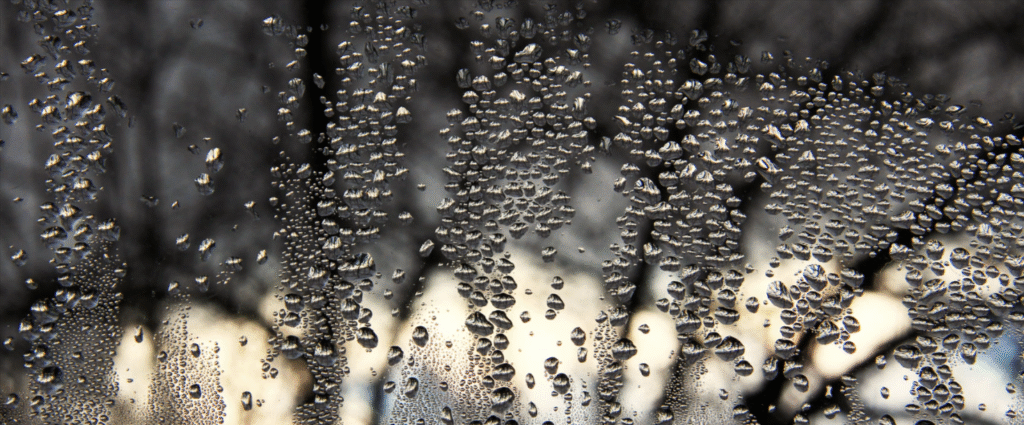Top 10 Facts About Condensation

Facts About Condensation
Condensation is an innate process that happens everywhere, but it’s often not noticed throughout our lives. It plays an important role in the pattern of weather as well as in environmental processes and even in the functioning of our everyday appliances. Understanding the science behind it can help us better understand the environment that surrounds us. Here are 10fascinating facts about condensation, which highlight its importance and the mechanisms behind it.
1. What Is Condensation?
Condensation is the process through where water vapor from the air is transformed to liquid water. This happens when air cools and is unable to be able to hold all the moisture, leading to the formation of droplets of water. The most common examples are dew developing on grass in the early morning or water droplets forming on the exterior of a glass that is cold.
2. It’s a Key Part of the Water Cycle
Condensation is a vital element of the Earth’s water cycle. The water evaporates from oceans, rivers and lakes and enters the atmosphere as the form of vapor. When the water evaporates, it cools and condenses into clouds. In the end, these clouds release the condensed water in precipitation, like snow or rain, and returns to the surface and continues the cycle. This is crucial to maintain the ecosystems of Earth and for refilling the freshwater resources.
3. The Role of Temperature and Pressure
The pressure and temperature of the air have a significant impact on the process of condensation. When hot air rises then it cools down as it expands in low-pressure environments. The air’s temperature decreases as the capacity to hold water decreases and this leads to condensation. This is the reason condensation usually occurs at higher altitudes in areas where temperatures are lower which contributes to cloud formation.
4. Dew Point and Condensation
Dew points are the temperatures at which air is saturated with moisture, and condensation takes place. If the air temperature decreases to dew point, water vapour turns to form liquid water. For instance, if the dew point is 60degF and the air temperature decreases to 60degF, then dew forms. Knowing the dew point is essential in meteorology to predict fog and the formation of dew.
5. Fog: A Result of Condensation
Fog is a frequent weather phenomenon that occurs due to condensation. It happens when water vapor within the air cools and turns into tiny droplets of water suspended in the air. This happens when moist, warm air flows over cooler surfaces, causing temperature of the air to fall. Fog can drastically reduce visibility, which is why it is crucial for drivers to be cautious in fog.
6. Condensation in Appliances
Condensation plays a major role in the operation of many household appliances. For instance, refrigerators as well as air conditioners depend on condensation to chill the inside air. When warm air flows through the cold coils of those appliances, water in the air expands and dries into a pan for collection. This helps control the temperature and humidity within our homes, ensuring that they keep them in a comfortable state.
7. The Science of Clouds
Clouds form by the process of condensation when water vapor gets into the atmosphere. When the vapor cools it is able to condense around tiny particles like pollen or dust creating droplets which then cluster together to form clouds. Different kinds of clouds form according to humidity, temperature and the weather conditions. For example, cumulus clouds are white and fluffy, and stratus clouds are gray and flat which indicate varying weather conditions.
8. Condensation and Humidity
Humidity levels play an essential part in the condensation process. Relative humidity can be described as a measure of the amount of moisture in the air as compared to the maximum amount of moisture the air is able to hold in a certain temperature. When the relative humidity is at 100 percent, the air becomes saturated, which leads to condensation. A high level of humidity can contribute to the development of fog, dew and clouds, which affect the weather patterns.
9. The Importance of Condensation in Nature
Condensation is essential for a variety of natural processes, such as the growth of plants and the regulation of climate. The dew that forms over night provides plant life with moisture, especially in areas of extreme drought where rainfall is not plentiful. In addition, condensation plays a part in controlling the levels of moisture and temperature in the atmosphere, which can affect the weather patterns and climate systems.
10. Condensation and Indoor Air Quality
In the home, condensation could result in issues in indoor air quality as well as structural quality and structural. When humid, warm air comes into contact with the cold surface (like the walls or windows) they may cause condensation, which can create an environment that is conducive to the growth of mold. The proper ventilation and humidity control are crucial to prevent condensation-related problems and to ensure an environment that is healthy for living.
Last Words
Condensation is a fundamental natural process that influences many aspects of our technology, environment and our everyday life. From the creation of fog and clouds to its function in regulating climate and refrigerant flow Understanding condensation improves our understanding of the environment that surrounds us. These facts show how a seemingly simple process could have profound implications for the environment, weather patterns as well as human technology. If you ever notice dew on grass or fog covering the landscape, think about the intriguing science that lies behind it!






